

|


|
Tamiya Thunder Shot 2005 - 58361
|
Released by Tamiya on November 29, 2005, after being originally released in November 1987 (# 58067), the Thunder Shot was basically a re-design by Tamiya of the popular Boomerang. However, it was never held in such a high regard and wasn't all that successful on the race track.
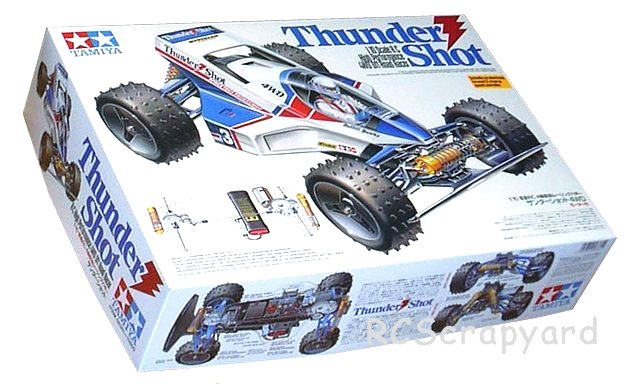
The Four Wheel Drive Chassis design employs two orbital gear differentials and bevel gears to provide drive from rear to front via a thin wire prop shaft.
Double wishbone suspension used two coil spring over oil filled shock absorbers at the rear and a single horizontal shock absorber at the front.
In action, the single front shock absorber was not up to the task and the steering configuration, although an improvement over that of the Boomerang, wasn't the best and big turning circle made navigating tight corners a nightmare.
Another problem with this kit are the plastic bush type bearings. If the car runs these for a few weeks, dust and grit get into them, that actually abrade the metal drive shafts that spin in them, so that if Ball Bearings are fitted later they are sloppy on the shafts. If you intend to race this car seriously, my tip would be to get a set of Ball Bearings before you assemble your new kit.
For collectors of the first 100 Tamiya models this re-release may fill an empty space in the cabinet, but I would not recommend this model as a first car for a beginner in the RC model sport.
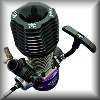
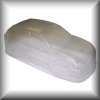
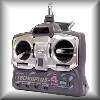
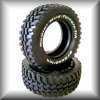
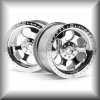
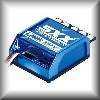
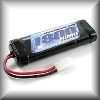
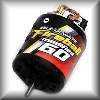
|
|
|

|
|
Tamiya Thunder Shot 2005 #58361 - Chassis
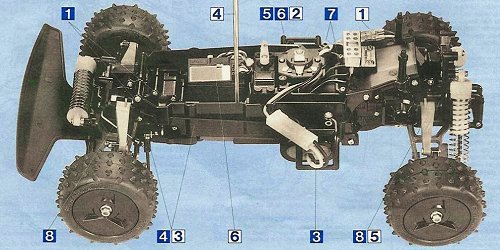 |
|
Tamiya Thunder Shot 2005 #58361
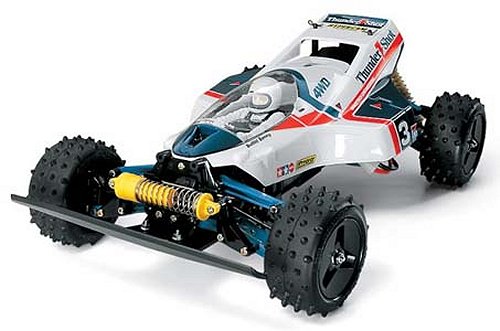 |
Buying a Used Tamiya Thunder Shot
|
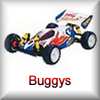
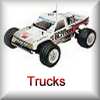
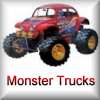
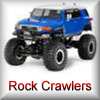
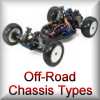
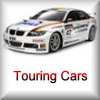
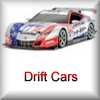
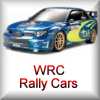
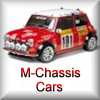
|
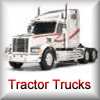
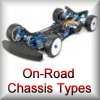
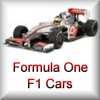
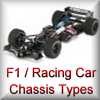
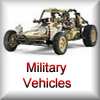
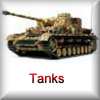
|
|
|
|
Hints, Tips and Information Electric Motors for RC ModelsBrushless Motor Basics
Choosing the right Brushless motor for your needs can be a daunting task for those new to Radio Controlled Models. If you have a local club perhaps you could ask some of the more experienced members for their advice, but a little basic knowledge about the subject, so you know what questions to ask is always useful. |
Information and AdviceElectronic Speed ControllersHistory
ESC were originally developed to be used in conjunction with brushed 27T stock and modified motors in the late 1970s, early 1980s. Compared to modern day Controllers, they were Bulky and heavy, constructed using basic resistors, rheostats, capacitors and transistors, crammed together on a simple circuit board, to provide stepped but smooth acceleration when compared to the old mechanical, servo operated sweeper Speed Controllers. An Electronic Switch to change the direction of current flow was used on some of these early ESC to give reverse operation. Although they were a vast improvement on the old mechanical speedos of the time, they were expensive, jerky to control, and prone to burn out if not carefully looked after. |
|
RC Models:
|
Radio & Motors: |
Other
Accessories: |